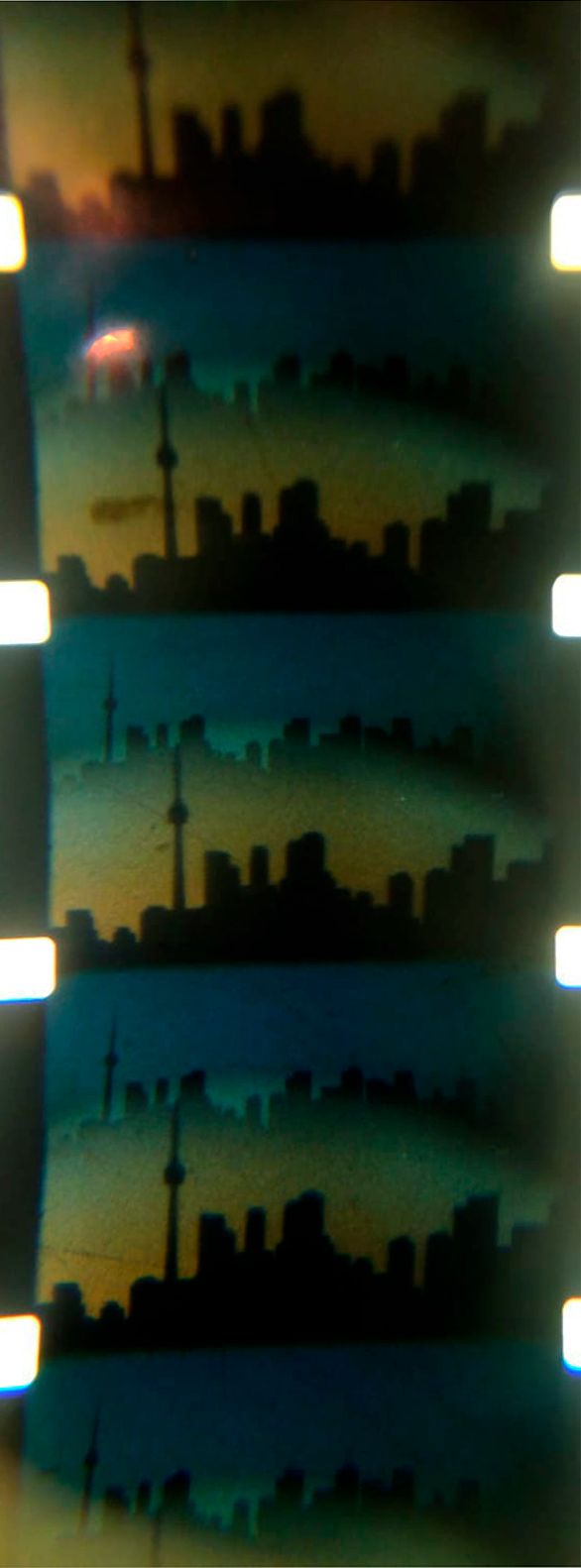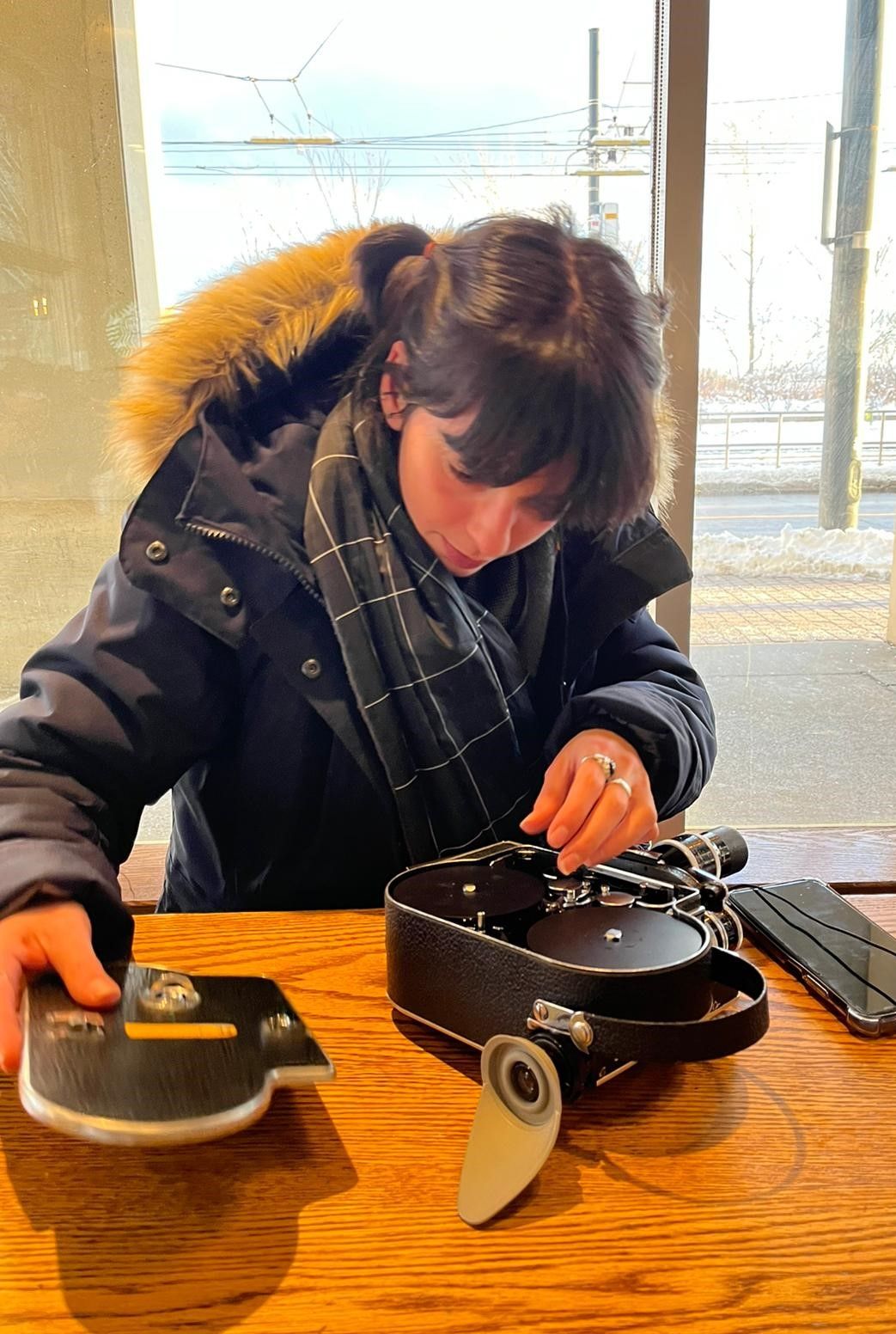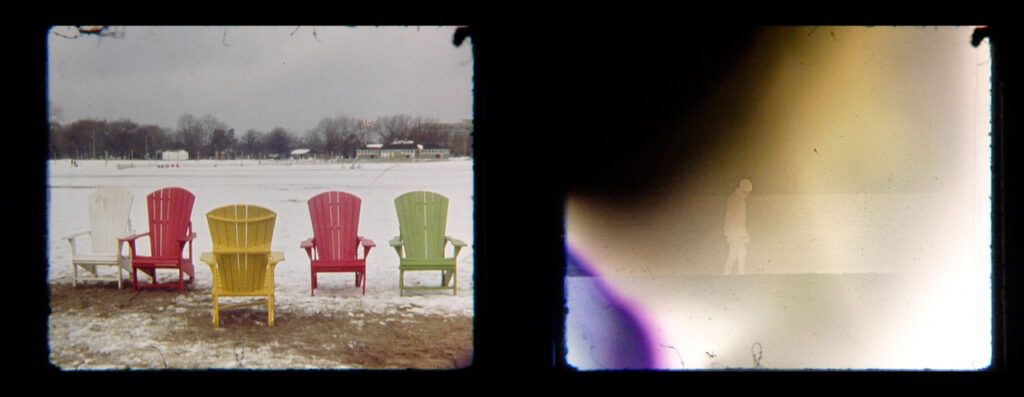
– Could you give us a short introduction to your project ‘THE SOUND OF IMAGES’ and tell us about the process of its creation at LIFT in Toronto?
The project consists of translating images into sound by photosensitive microphones. When the film is projected, they pick up the light and translate it into sound depending on the colours and intensity of the light. This allows you to ‘listen to the images’ or create sounds with them. The idea is to make a projection where you hear the sounds that create the images I shot in Toronto and play with them to create a sound piece from the image. The creation process was a lot of fun, and it was even more fun to do it at LIFT, who have everything and is made up of great people, always tinkering around and with something in their hands, so you learn a lot too.
– How have you been received by the experimental film community in Toronto and what feelings would you highlight about working in a space like LIFT?
Well, when I arrived they were reopening everything again because of covid, so it seems like there wasn’t as much offer as there usually is. But Toronto is a very genuine city in this aspect because there are a lot of people doing things and very interested in culture and art in general and even though it’s a big city you can feel that community, there are a lot of connections between everything that surrounds film. Working at LIFT was a wonderful experience, everyone there is making films and they are interested in your process and helping you with whatever you need. From the moment you arrive, you are a member of that community and the space at LIFT becomes a little bit like your home. You appreciate a residency like this, going to make a film in a place where they are dedicated to film. It seems obvious, but it doesn’t always happen.
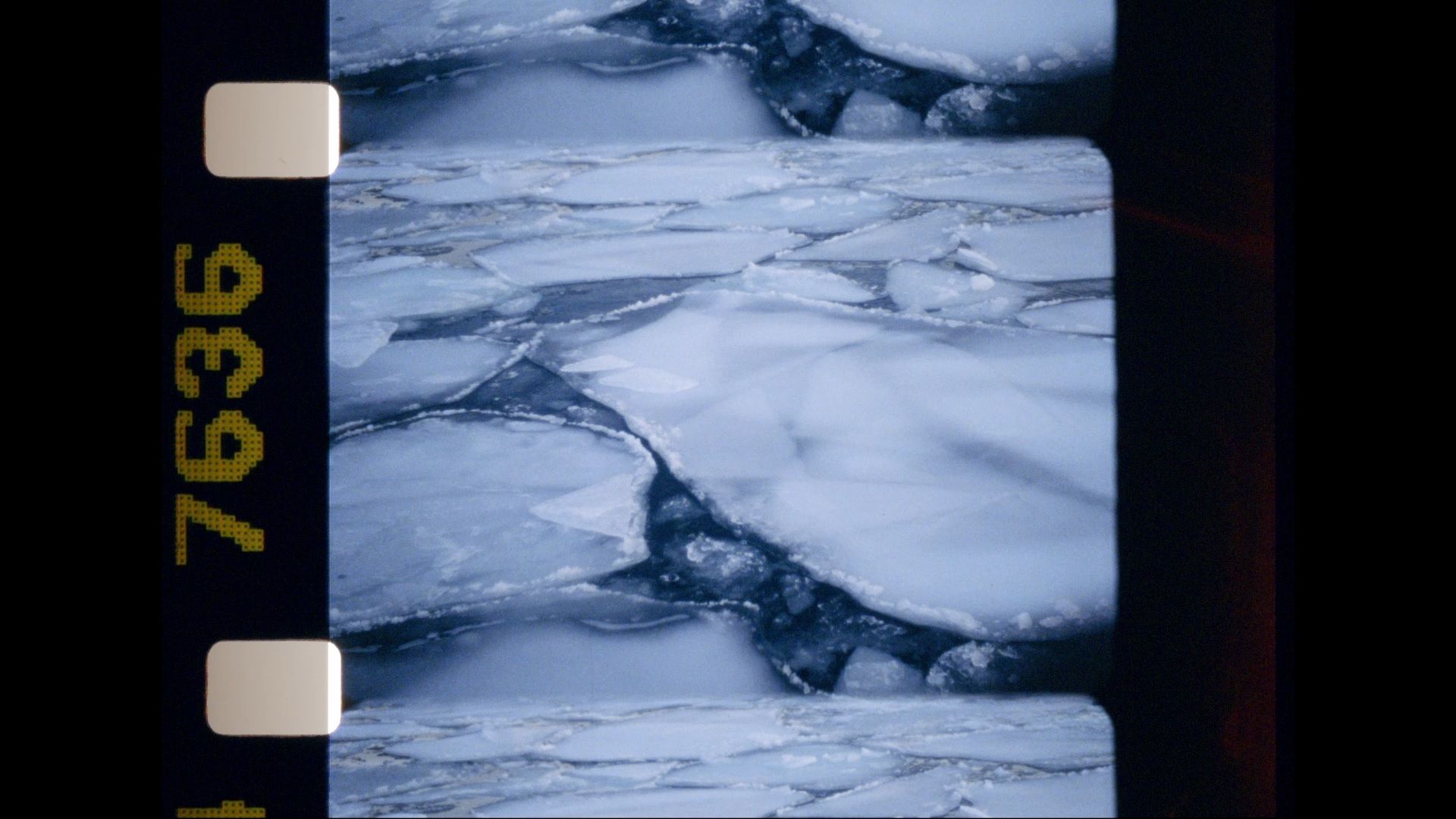
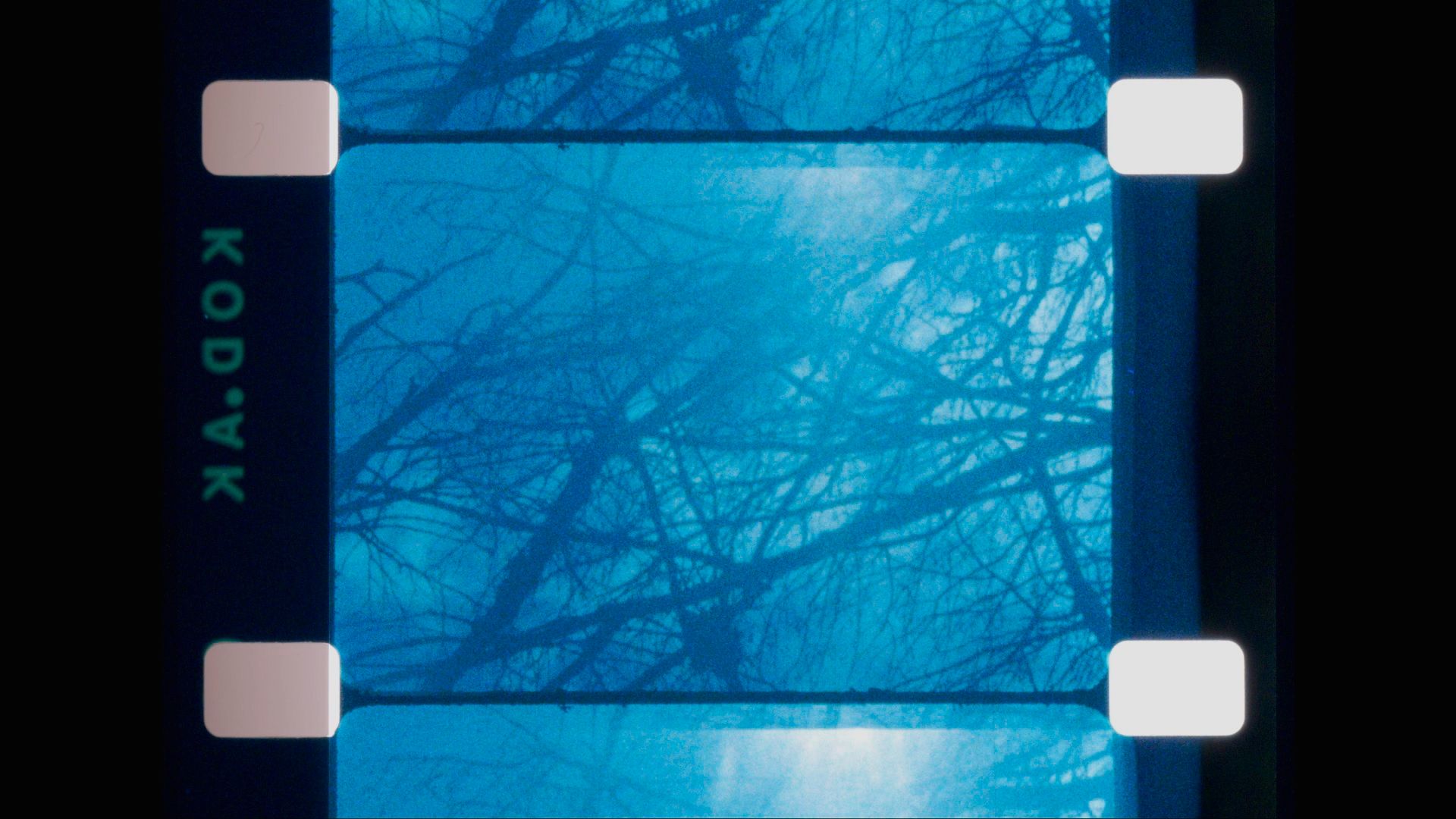
– In (S8) we pay special attention to filmmaking in real time in its different forms, such as film performance or expanded cinema. Could you tell us about your experience and interest in this field?
I think they are other ways of looking at cinema. In my case I realised that I think about taking films out of the conventional cinema screen when I make pieces that have not been conceived from the transmission of a message or narrative. I find it interesting how we can perceive them through other senses, in the end they are stimuli that reach us just by reconfiguring the space or the position of the spectator for example, and that change the experience. I’m very interested in thinking about how one can feel through the body and the disorientation or excitation of perceptions. I often come out of these kind of projections without really understanding what I’ve seen, and I think that’s wonderful, to pay a little less attention to reason.
– What are the stimuli that drive your artistic work at the moment and what role do the processes of analogue cinema play?
(Phew, what a difficult question). The stimuli are many and varied but something doesn’t always come out of them. There is always something going on in my head around the encoding and decoding of language and its forms. How to transform a certain ecosystem of perception from one medium to another. I’m interested in this translation from image to sound and from analogue to digital. I think using film depends a lot on the nature of the project, sometimes it’s not necessary. But the truth is that the process has something very interesting that engages you because you can do a thousand things with it. Many times you come across images that are created randomly and transform a film, and those games don’t happen with digital. For the moment, until the cans I have in the fridge run out, I’ll keep playing with them.
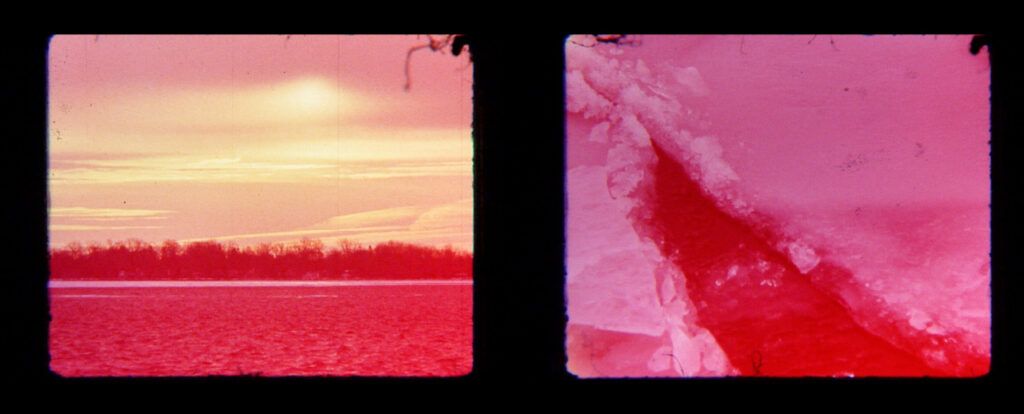
Right now I’m working at EQZE where they’re giving me material to finish the piece. I’m finishing deciding the final assembly, which as an indecisive lady, is a hard task. And I’ll start testing how to set up the projection because every day I change my mind. I’d like to play with the live sound, but we’ll see if I’m capable, because the microphones we’ve made are a bit complex to deal with live images with so much information. But we’ll try…
